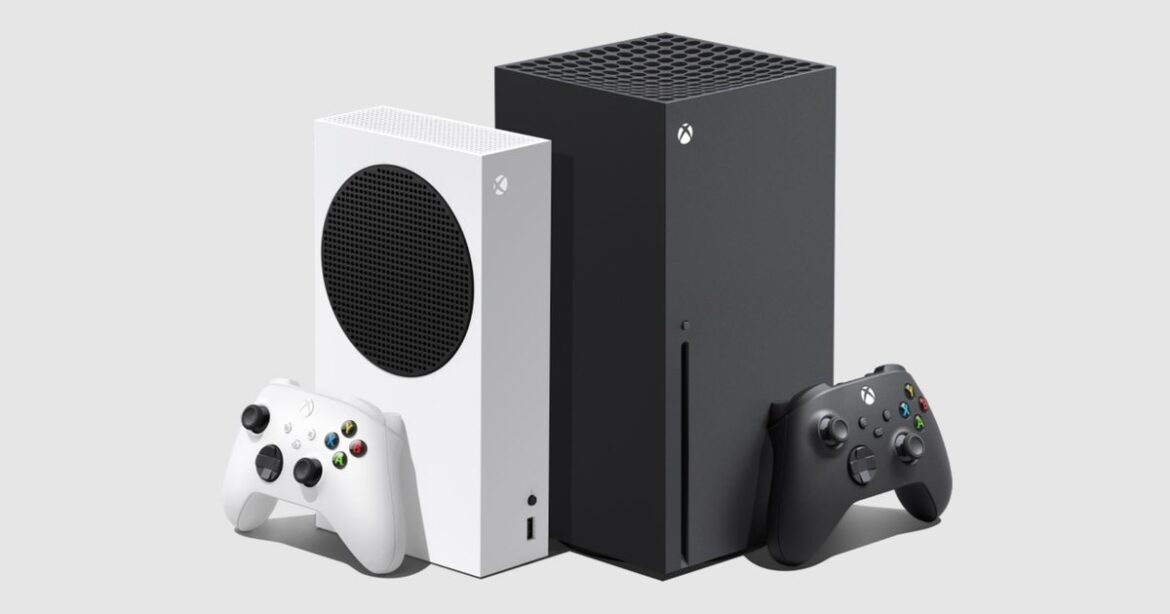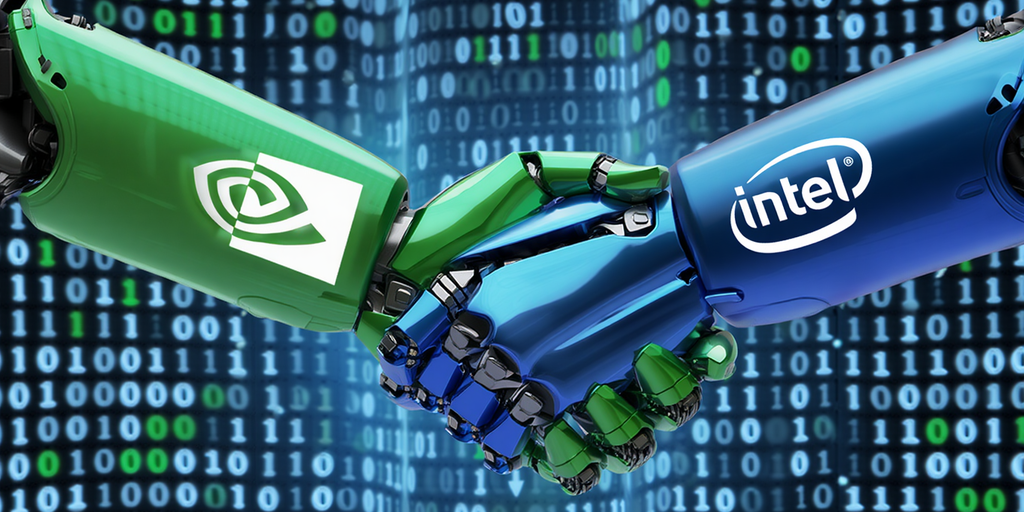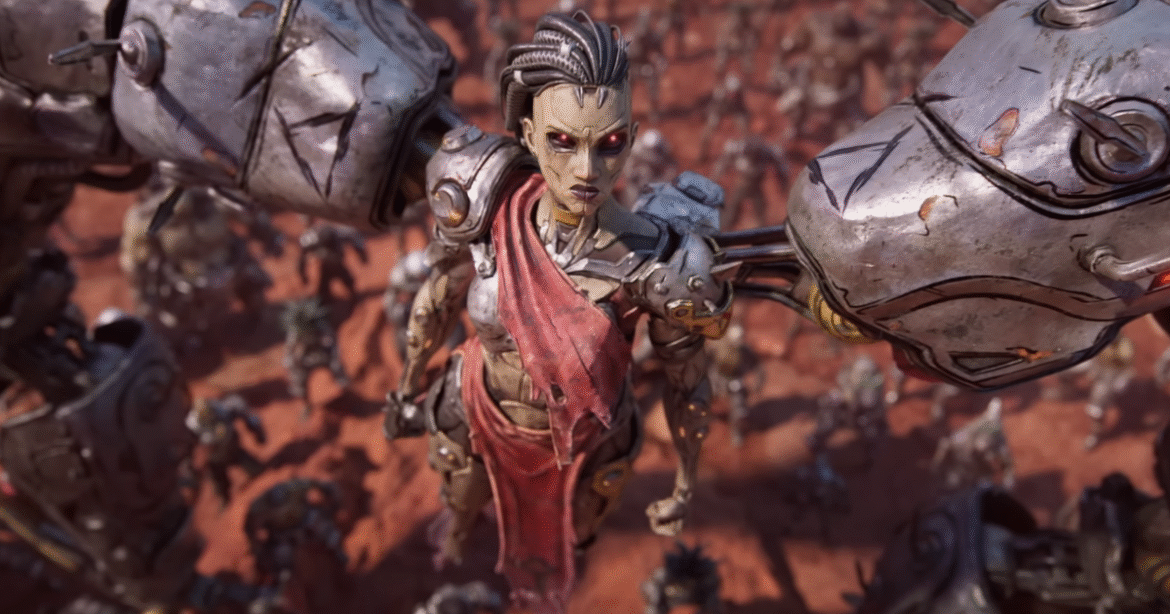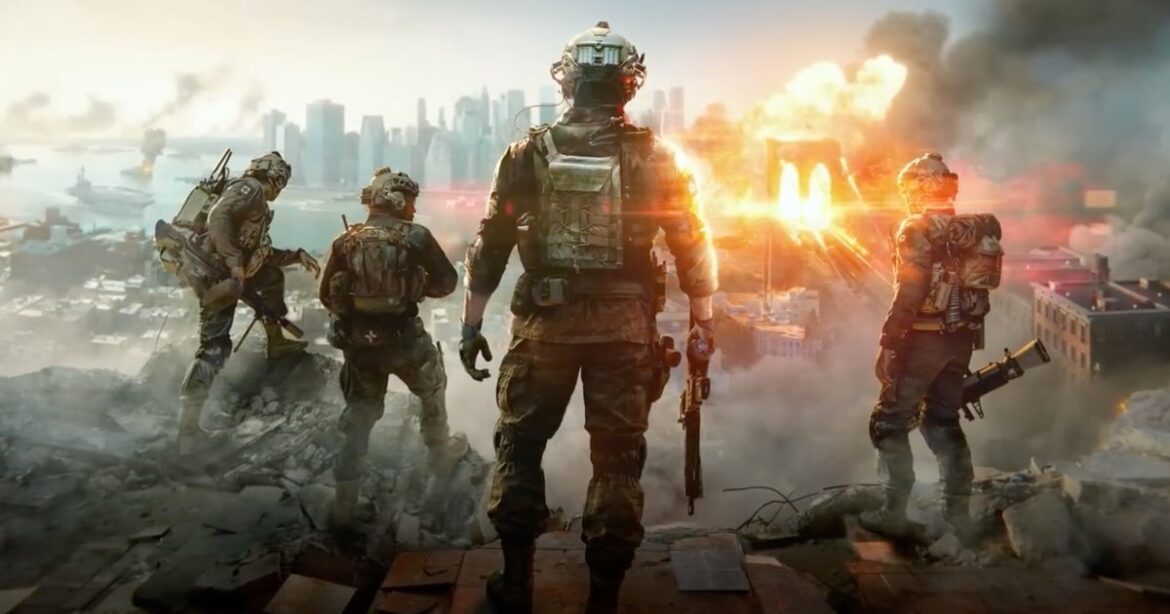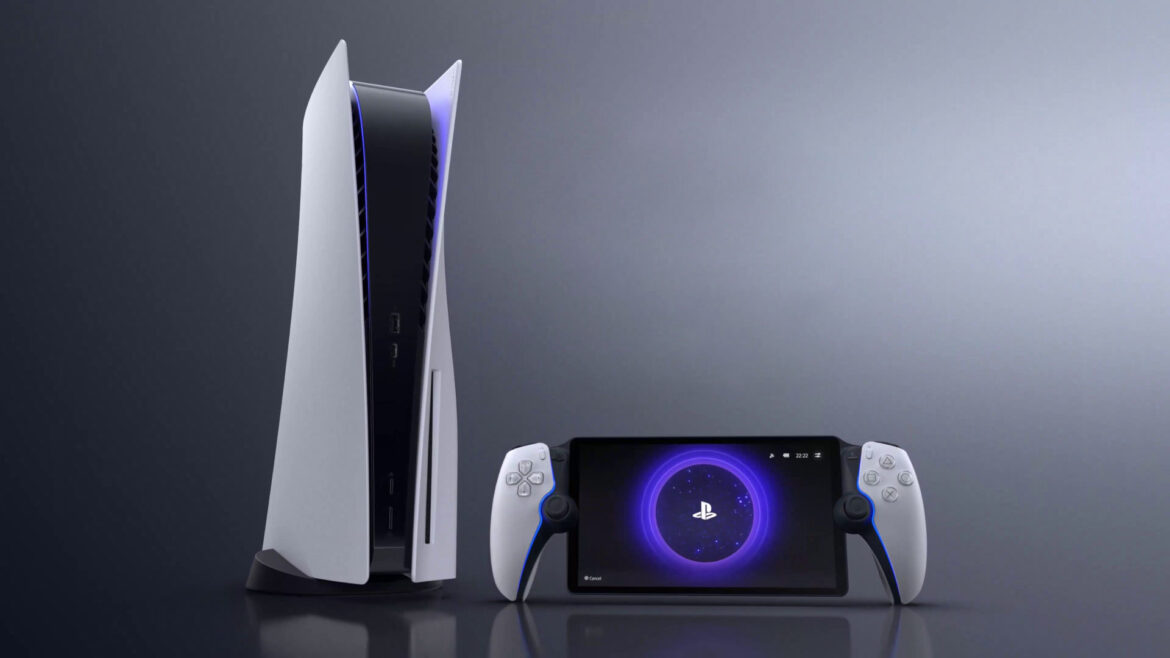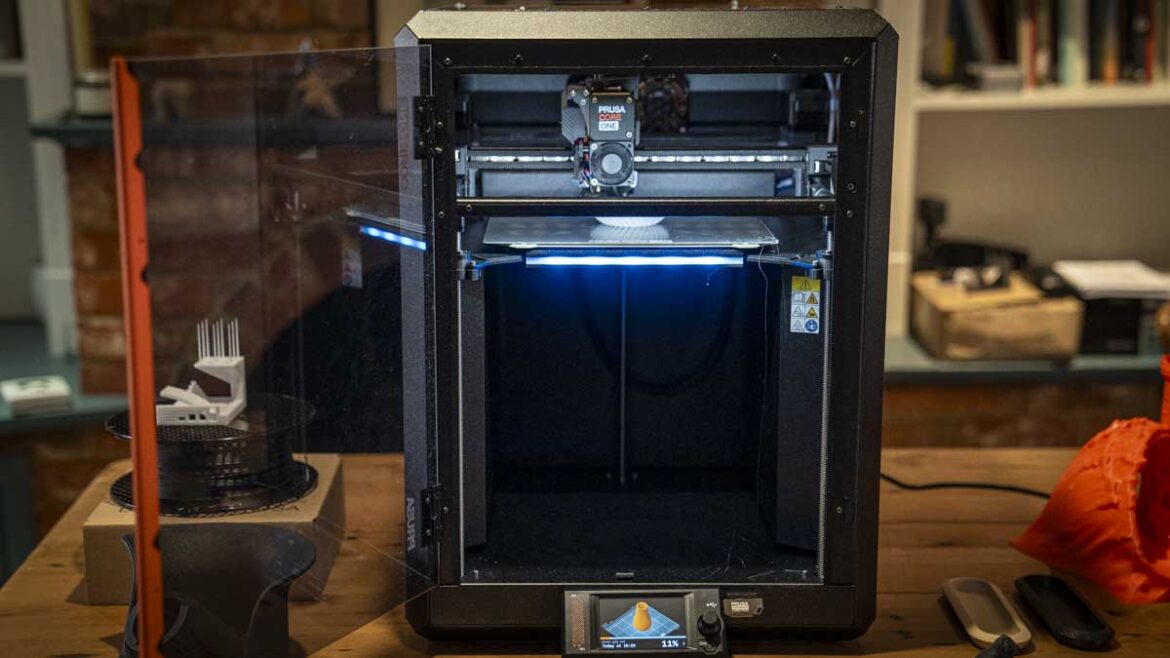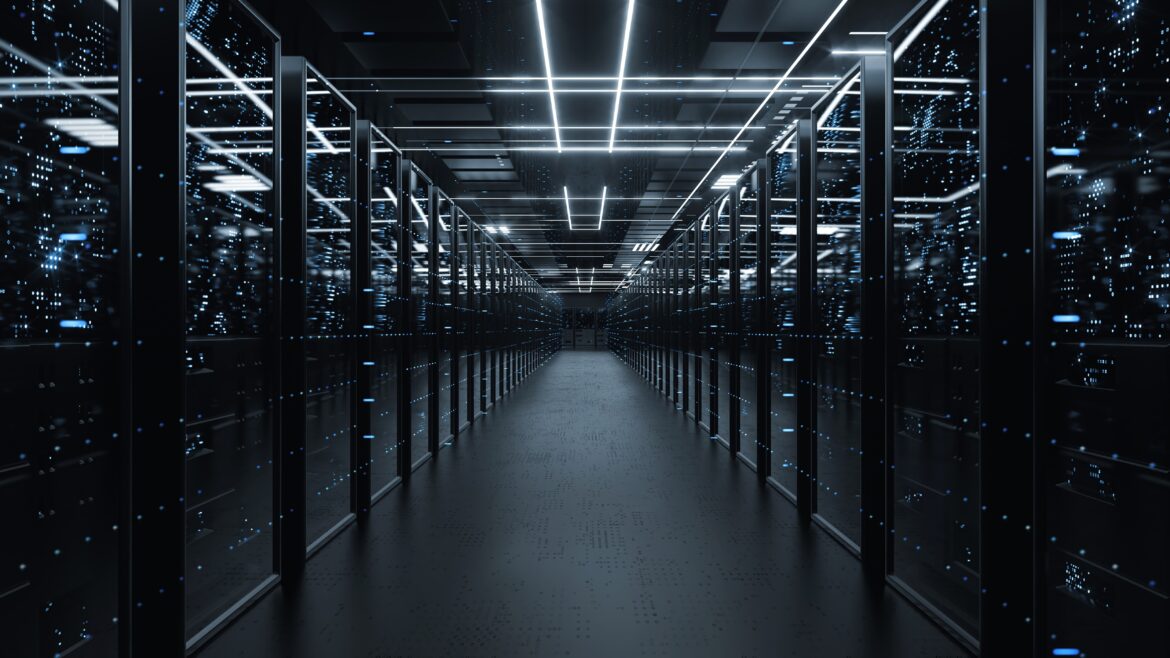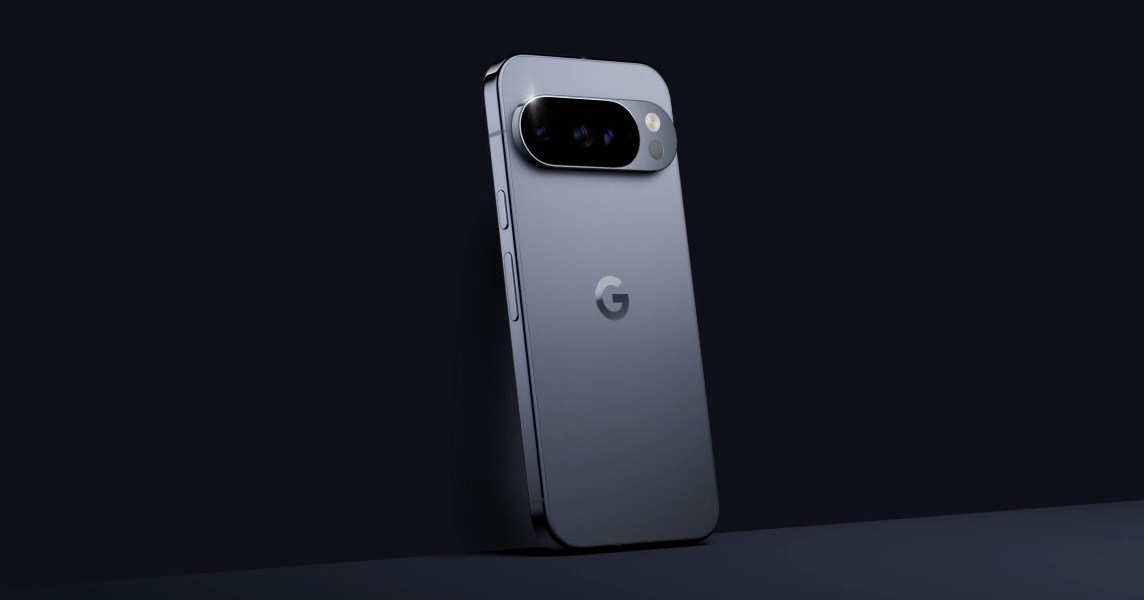Xbox consoles are about to become more expensive in the United States. Again.
The hike comes just months after Microsoft raised prices of its products in May, when the Xbox Series S and X increased by between $80 and $130, depending on the spec. While May’s cost hike was felt across the world, this time the increase is limited to the U.S., with Microsoft confirming: “Pricing in countries outside the U.S. remains the same”.
The prices for controllers, headsets, and products “in all other markets” also remain as they were.
Xbox + AMD: Powering the Next Generation of Xbox.Watch on YouTube
Here’s how the price changes impact the Xbox console range in the U.S. when they go live on 3rd October:
- Xbox Series S 512: $399.99 (up $20 from $379.99)
- Xbox Series S 1TB: $449.99 (up $20 from $429.99)
- Xbox Series X Digital: $599.99 (up $50 from $549.99)
- Xbox Series X: $649.99 (up $50 from $599.99)
- Xbox Series X 2TB Galaxy Black Special Edition: $799.99 (up $70 from $729.99)
“Beginning on 3rd October, we will update the recommended retailer pricing for Series S and Series X consoles in the United States due to changes in the macroeconomic environment,” Microsoft explained.
“We understand that these changes are challenging, and they were made with careful consideration. Looking ahead, we continue to focus on offering more ways to play more games across any screen and providing value for Xbox players.”
Microsoft did not justify the price rise, but it’s possible the current U.S. administration’s import tariffs have had some bearing. That said, the company reported an 18 percent boost in profits at its last earnings call, and a 13 percent increase across its Xbox business.
If recent reports are true, we likely won’t be seeing Microsoft’s next-generation Xbox console until 2027 at the earliest. But that hasn’t stopped the company from teasing a couple of details as it announced a partnership with AMD to co-engineer the hardware.

